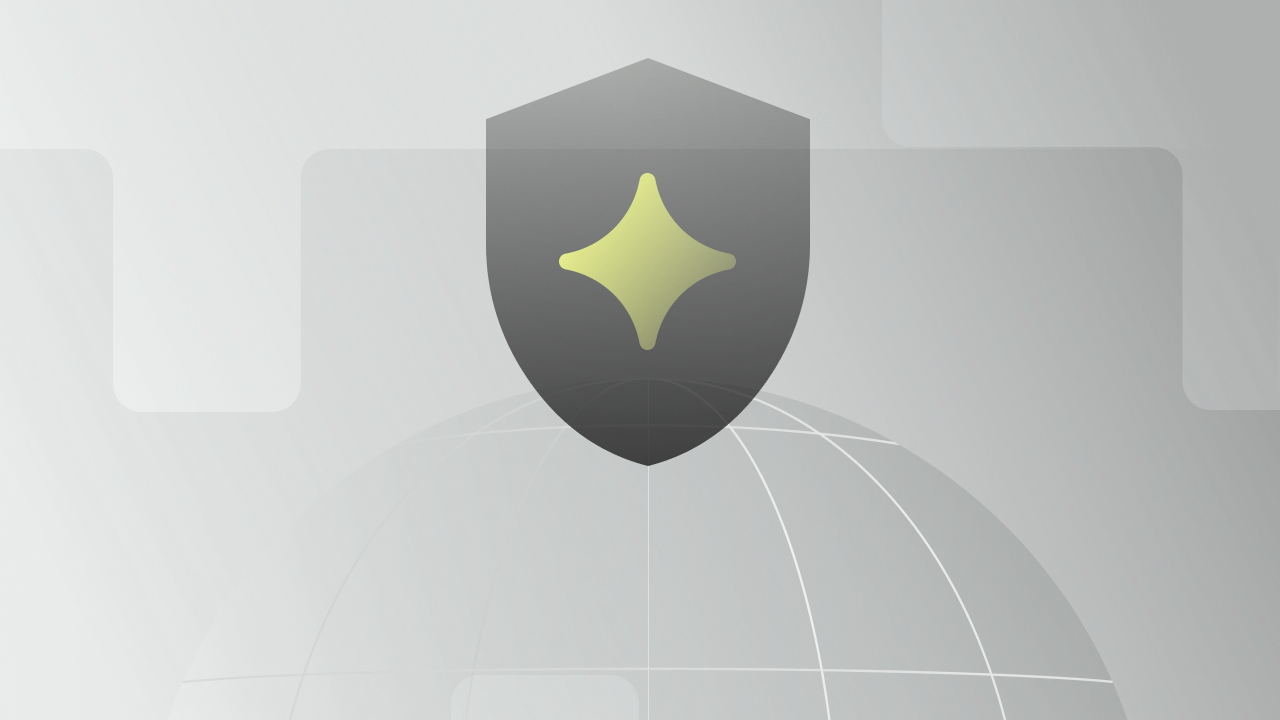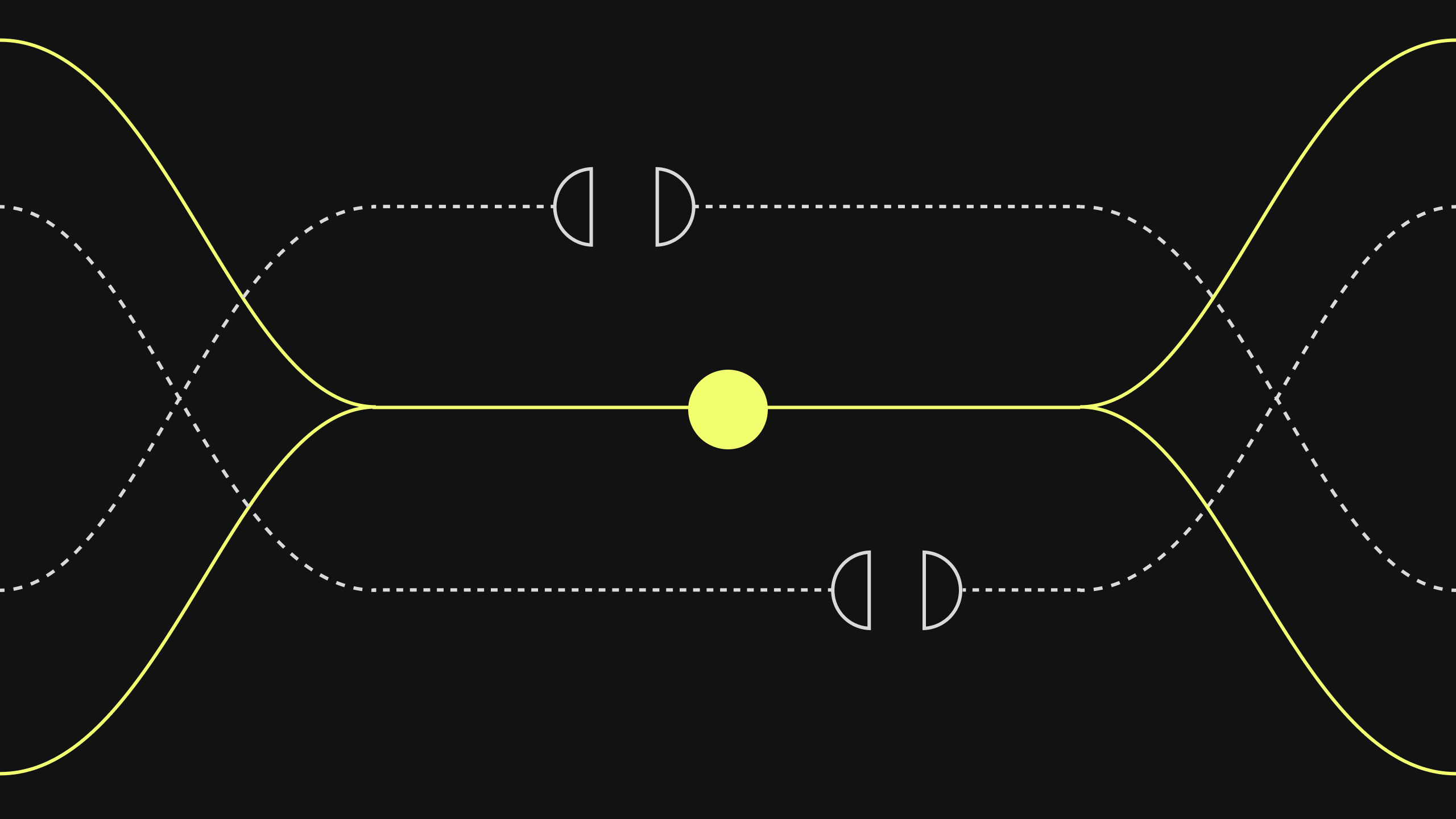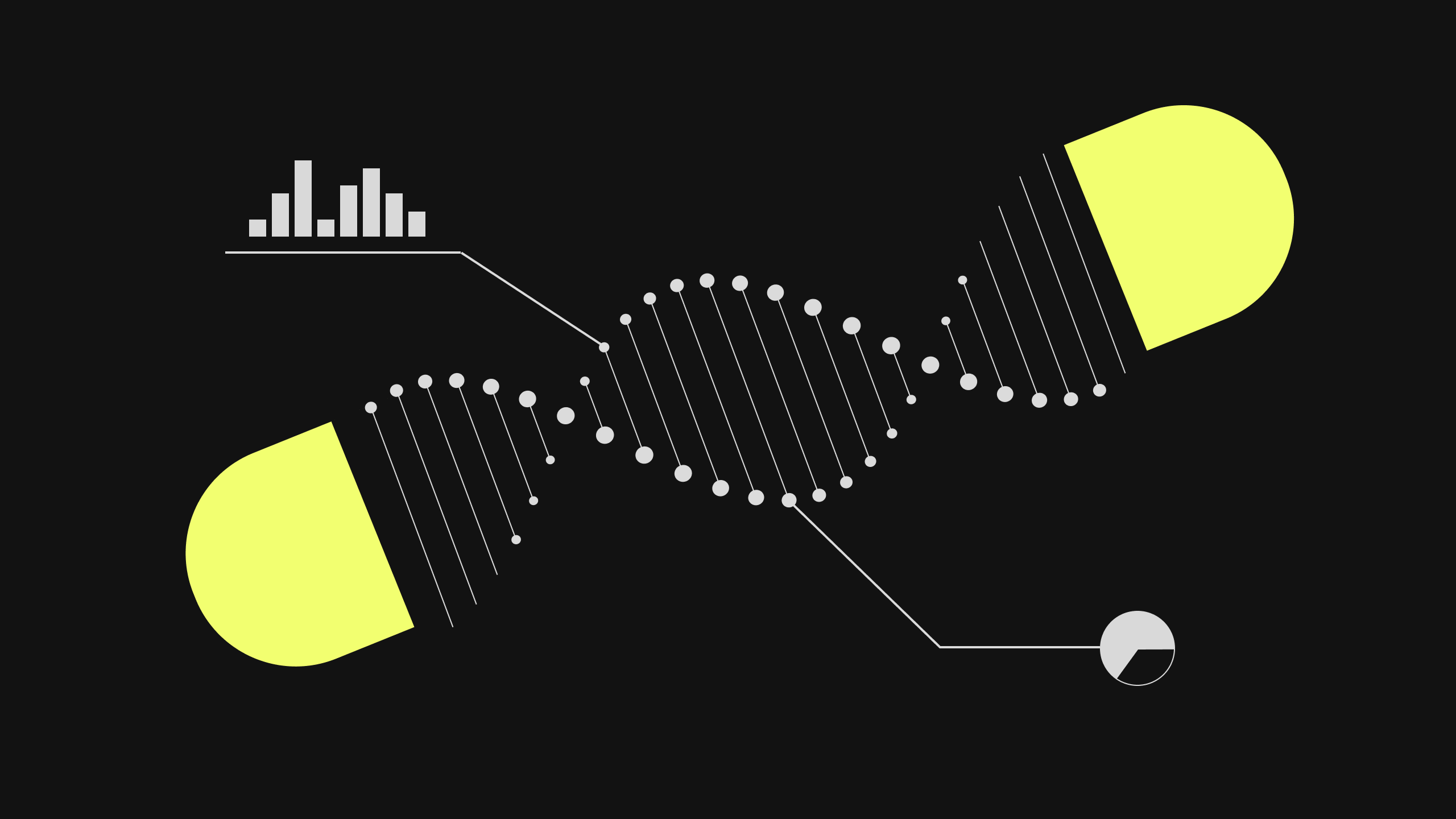
For years, the narrative surrounding AI in Cyber Security has focused almost exclusively on one thing: detection. An entire ecosystem of sophisticated tools has emerged, all designed to identify threats with increasing speed and accuracy. These systems are the digital sentinels on the network perimeter, using machine learning to spot anomalies and flag potential attacks. They are an essential layer of any modern defense strategy.
However, this intense focus on detection has created a critical blind spot. Finding a threat is only the beginning of the story. The crucial next steps—investigation, response, remediation, and reporting—remain overwhelmingly manual processes. While our detection capabilities have become automated and lightning-fast, our ability to act on that intelligence is still constrained by human speed and capacity. This operational gap between detection and response is the single greatest risk in most enterprise security programs today.
The future of AI in Cyber Security is not about building a slightly better threat detection mousetrap. It’s about fundamentally rethinking how we manage security operations. Technology and security leaders must shift their focus from the perimeter to the core, applying intelligent automation to the complex back-office workflows that form the central nervous system of their security posture.
The Problem of ‘Alert Fatigue’ and Manual Response
Today’s security operations centers (SOCs) are drowning in data. The very AI tools for cybersecurity designed to help them have, in many cases, exacerbated the problem. By generating thousands of alerts per day, these systems create a state of “alert fatigue,” where human analysts struggle to distinguish real threats from false positives. This creates a dangerous environment where critical alerts can be missed.
Furthermore, when a credible threat is identified, the response process is a flurry of manual activity. An analyst must manually query different systems for context, open tickets in service desks, notify stakeholders via email or Slack, and painstakingly document every step for compliance purposes. This process is slow, inconsistent, and prone to human error—all while a potential attacker is moving through the network.
This is the central paradox of modern security: we have automated the “what” but not the “what next.” This manual bottleneck not only increases risk but also burns out our most valuable security experts on low-level, repetitive tasks. This is not a sustainable model for an effective AI driven cybersecurity strategy.
Cyber Security’s Back Office: The Unseen Risk
The back office of a security program is where the real work of risk management happens. These are the critical, yet often unglamorous, processes that ensure a company is not just protected, but also compliant and resilient. The use of AI in cybersecurity has largely ignored these areas, leaving them as manual, time-consuming tasks.
Consider a few key examples:
- User Access Reviews: A cornerstone of compliance (like SOX), these reviews require cross-referencing HR records with user permissions in dozens of applications. It’s a massive, spreadsheet-driven effort that is often months out of date.
- Incident Response Orchestration: Beyond the initial alert, a real response involves coordinating legal, IT, communications, and leadership teams. This orchestration is managed through emails and conference calls, with no central, auditable system of record.
- Compliance Evidence Gathering: For any audit (ISO 27001, SOC 2, etc.), teams must manually collect evidence—screenshots, logs, policy documents—from across the enterprise. It’s a tedious fire drill that diverts security experts from proactive defense.
The immense impact of AI on cybersecurity will be felt when these processes are automated. As long as they remain manual, they represent a significant and unmeasured source of operational risk. The role of AI in cyber security must expand to address this foundational weakness.
Agentic AI for Autonomous Operations
To solve these deep operational challenges, CISOs and CIOs need a new category of automation. This is where Agentic AI platforms represent a paradigm shift for AI in Cyber Security. Unlike rigid RPA bots or opaque machine learning models, an Agentic AI platform understands and executes business processes described in natural language.
This means a security analyst or compliance manager can automate a complex workflow simply by describing it in English. The AI agent then reasons through the steps, interacting with different applications, systems, and documents to get the job done. It empowers the security experts who know the processes best to become builders of their own automation solutions, without needing to be developers.
Crucially, this model embraces the complexity and unpredictability of security operations. When an agent encounters an exception—a new type of log format or an unexpected system response—it doesn’t simply fail. It pauses, flags the exception for human guidance, and learns the new logic. This creates an automation fabric that is resilient and self-improving, which is a necessity for any serious AI powered cybersecurity defense.
Hallucination-Free AI in Cyber Security
Kognitos is the industry’s first neurosymbolic AI platform, delivering this new model for autonomous security operations. It is an enterprise-grade platform that automates the complex, multi-system back-office workflows that are currently managed by your most expensive human talent.
The power of Kognitos lies in its unique approach to artificial intelligence in cyber security. Our platform’s neurosymbolic architecture combines the reasoning power of symbolic logic with the learning capabilities of modern AI. For security, this is a critical distinction. It means that AI agents execute processes with perfect, auditable fidelity. There are no AI “hallucinations,” a non-negotiable requirement when dealing with sensitive security tasks. Every step is transparent and explainable.
With Kognitos, security teams can:
- Automate User Access Reviews: An agent can be instructed in English to “For all active employees in Workday, verify they have an active account in Salesforce and ServiceNow. Flag any discrepancies and create a review ticket for the user’s manager.”
- Orchestrate Incident Response: An agent can be triggered by a high-priority alert to “Create a ‘Severity 1’ ticket in Jira, page the on-call security engineer, open a dedicated Slack channel with legal and IT, and pull the affected server’s logs from the last 24 hours.”
- Streamline Compliance Reporting: An agent can “Gather all user access review reports and change management tickets from the last quarter and compile them into a single evidence package for our SOC 2 audit.”
The True Benefits of AI in Cyber Security Operations
When you apply intelligent automation to these core processes, the benefits of AI in cyber security become strategic, not just tactical. This is about more than just efficiency; it’s about building a fundamentally stronger and more governable security program.
First, you achieve a state of continuous compliance and perfect auditability. Because every step of an automated process is logged and transparent, you can prove to auditors exactly how a control was executed, every single time. This turns audit preparation from a panicked fire drill into a routine report.
Second, you amplify the impact of your security experts. By automating the repetitive, manual work, you free up your analysts and engineers to focus on high-value activities like threat hunting, security architecture, and proactive risk reduction. This improves both your security posture and your team’s morale.
Finally, you build a more resilient defense. Automated response processes execute in seconds, not hours, dramatically reducing the window of opportunity for an attacker. This is the ultimate goal of AI in Cyber Security: creating an operation that is not just smart at detection, but swift and flawless in its response.
The Future of Autonomous Security
The future of AI in Cyber Security is autonomous. We are moving toward a reality where security operations can largely run themselves, with human experts acting as strategic overseers, not manual operators. The key trend is the convergence of AI, automation, and business process knowledge into a single, intelligent fabric.
This journey requires a new way of thinking. It means seeing AI in Cyber Security not as a collection of siloed tools, but as the engine for a unified, end-to-end system of record for all security activities. It’s a future where security processes are as dynamic, intelligent, and resilient as the threats they are designed to combat. With platforms like Kognitos, that future is no longer a distant vision; it is a practical reality for today’s enterprise. This is the true potential of artificial intelligence in cyber security.
Discover the Power of Kognitos
Our clients achieved:
- 97%reduction in manual labor cost
- 10xfaster speed to value
- 99%reduction in human error
AI in Cybersecurity is the use of artificial intelligence technologies to protect computer systems and networks from threats. While commonly associated with threat detection and malware identification, its more advanced applications involve automating entire security operations workflows, such as incident response, compliance reporting, and user access management, to create a more efficient and resilient defense.
AI can be used in cybersecurity in two main ways. First, for detection, where machine learning models analyze data to identify threats. Second, and more transformatively, for operational automation. This is where an Agentic AI platform like Kognitos can execute complex, multi-step processes like orchestrating an incident response or conducting a compliance audit, all based on instructions in natural language.
Generative AI can be used to summarize threat intelligence, draft phishing simulation emails, or help analysts query complex logs using natural language. However, its real power in an enterprise context is unlocked when it’s part of a neurosymbolic system like Kognitos. This grounds the generative AI in logic, preventing hallucinations and allowing it to reliably automate critical, auditable security processes.
The top benefits include faster threat detection, but more importantly, it leads to dramatically improved response times, perfect and continuous auditability for compliance, significant operational efficiency, and a reduction in human error. It also allows scarce cybersecurity experts to focus on high-value strategic work instead of manual, repetitive tasks.
Applications of AI in Cybersecurity include real-time threat detection, network traffic analysis, and vulnerability management. More advanced applications, enabled by platforms like Kognitos, include automating user access reviews across multiple applications, orchestrating incident response plans, and automatically gathering and compiling evidence for compliance audits like SOX, SOC 2, and ISO 27001.
Key technologies include machine learning (for pattern recognition in threat detection), natural language processing (for understanding threat intelligence), and, most critically for automation, neurosymbolic AI. Neurosymbolic AI, the core of the Kognitos platform, combines neural networks’ learning ability with symbolic logic’s reasoning. This creates a reliable, transparent, and hallucination-free system for automating critical security operations.
The latest developments are moving beyond pure detection towards autonomous response and remediation. The rise of Agentic AI platforms that can understand and execute complex processes described in natural language is a key innovation. This allows for the automation of entire back-office security workflows, which were previously too complex for traditional automation tools.
The future of AI in Cybersecurity is the creation of a fully autonomous, self-healing security posture. AI will not just detect and alert but will orchestrate the entire response, from containment and remediation to reporting and learning. This will create a resilient, efficient, and continuously compliant security operation managed by human experts focused on strategy, not manual execution.








